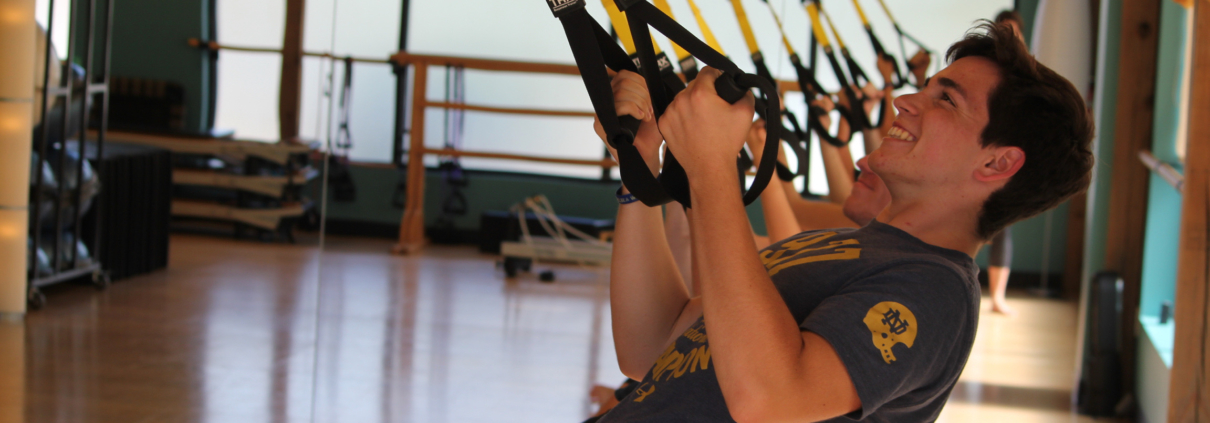The ability to create a fit, vital body for a lifetime, safely and efficiently, is what makes Pilates unique among movement systems. It can be hard to find words to describe something as experiential as Pilates, so we’ve put together a series of short workshops to walk you through the essentials of this unique movement system. Join MOVE Co-Founder Elaine Economou as she explains the history of Pilates and takes you to the mat to feel what the movement entails. You’ll learn how to approach your own body in creating a movement routine or system for yourself. We’ll also share what to expect in a Pilates class so you can see what it will be like. Pilates will help you optimize your body for what you love to do in life.
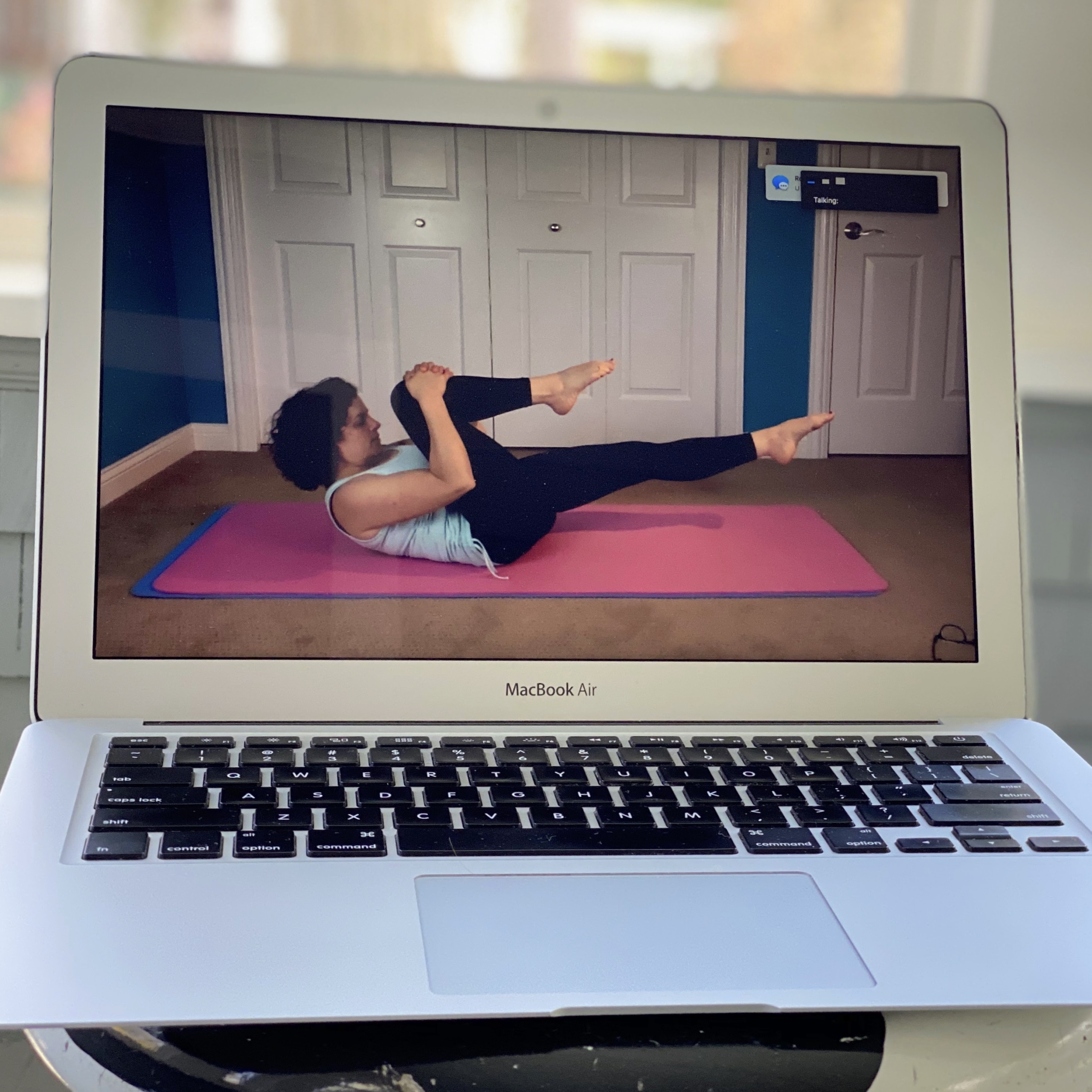
What is Pilates?
What is Pilates? Pilates is a unique, anatomy-based system designed by a forward-thinking visionary, Joseph Pilates. The goal of a Pilates session is to move through the repertoire of exercises at the level and pace that suits you, moving your spine in all planes of motion and challenging your body with different relationships to gravity. The original Pilates exercises focused simply on the body and breathwork. Over time, various props and specialized equipment became integrated into the movement system. Though challenging, the workout and exercises will energize and invigorate.
Pilates is not a staged Instagram photo of an actress or professional athlete training on some sort of mysterious equipment. Nor is it a painful group fitness class designed to tone your abs, but that instead leaves you with neck or low back pain. No, it’s not even “yoga for core strength.”
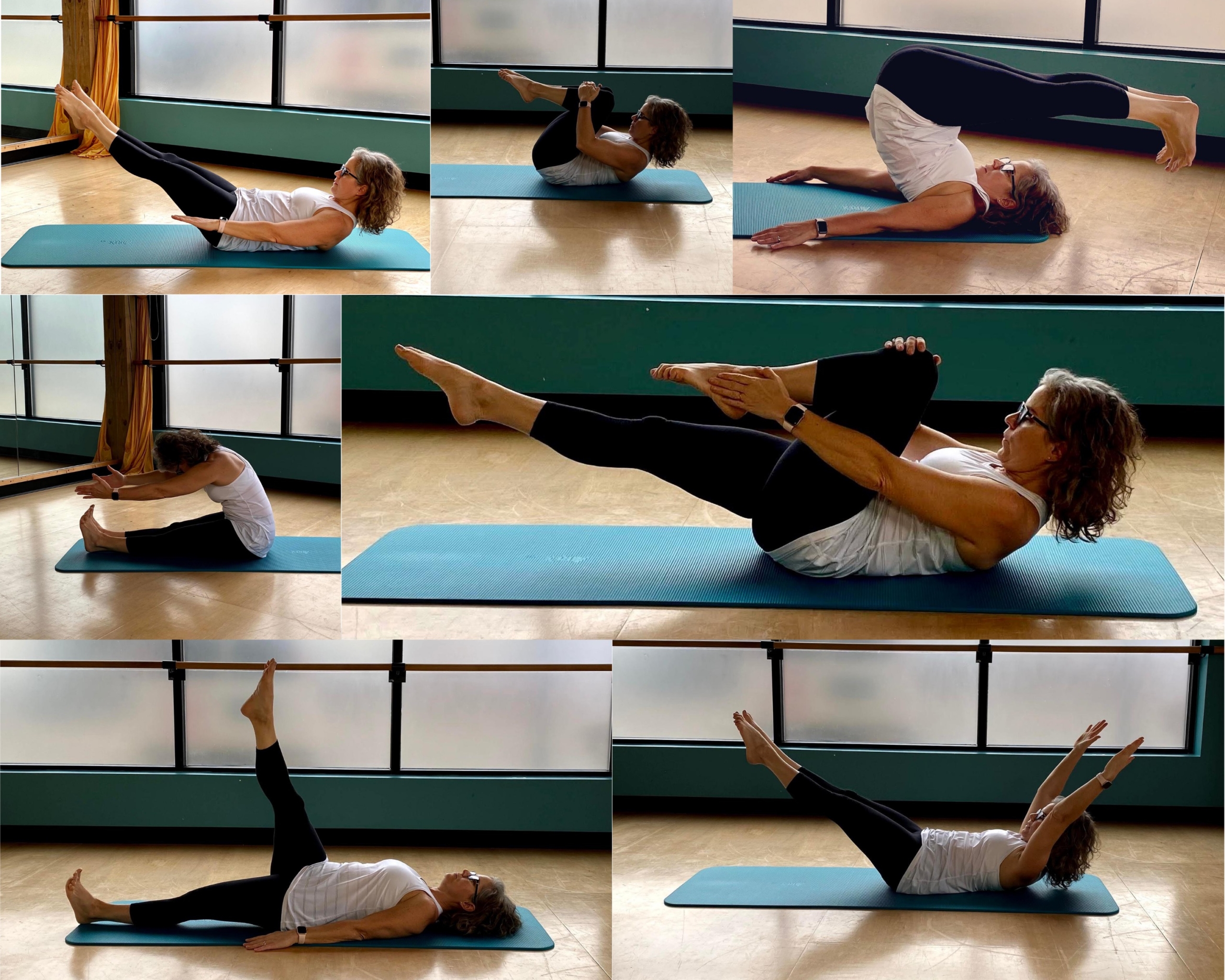
Let’s meet Joe: A brief history of Pilates
Before creating Pilates—or what he first called “Contrology”—Joseph Pilates was an avid student of movement. His work was developed 100 years ago from personal inquiry into his own health and physical fitness. He studied the movements of animals and statues of ancient humans with robust musculature. He was drawn to the Greek ideal of a human—a balance of mind, body, and spirit. This is the heart of Pilates: to let you build the best version of yourself. Pilates was infinitely curious about body and building strength. During World War I, he wound up in the UK in an internment camp. It is generally believed that was where he developed the movements that became his repertoire of Pilates mat exercises. Following the war, Pilates emigrated to the US where his work evolved into two things that form the foundation of the Pilates we know today.
1. A Repertoire of Exercises.
The wisdom of the original 34 Pilates mat exercises continue to reveal themselves. As our knowledge of the body evolves we can see the deep wisdom in how Pilates organized these original exercises. The exercises were to be done in a particular order and a particular way with few props to optimize the body’s movement at any age and physical ability level.
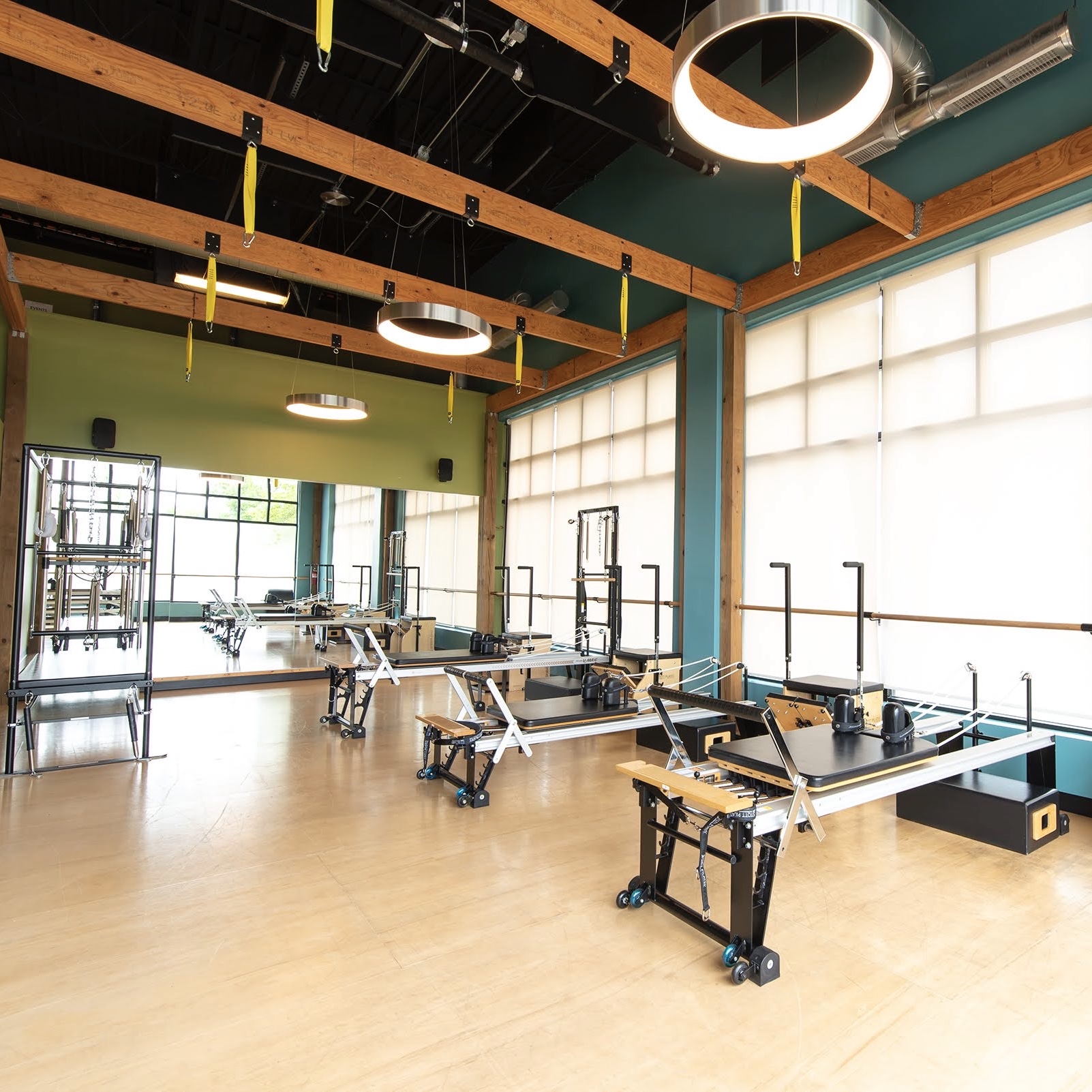
2. Equipment to Strengthen the Body.
While record-keeping from the war was spotty at best, it’s commonly believed that Pilates found the basis for his spring-based resistance equipment during the war when working with bedridden, injured soldiers by tying sheets onto the bed springs for resistance training. Regardless of his inspiration, today we benefit from his experiments by working on the Reformer, Cadillac, and Chair. This innovative equipment offers us a multitude of ways to personalize the exercises and meet individual needs.
Benefit of Pilates
We already know the benefits of Pilates are vast. There is mounting research that Pilates supports a number of pathologies, postural issues, and is an effective strengthening modality for bodies at any age and stage. Some of the physical benefits of a Pilates practice include:
- Strength
- Stability
- Flexibility
- Mobility
- Balance
The principles that Joseph Pilates developed have held true. There is deep truth in how we organize and use our bodies and Pilates is a system that is efficient, effective, and safe. The principles can be applied to every human body at every age and stage of life.
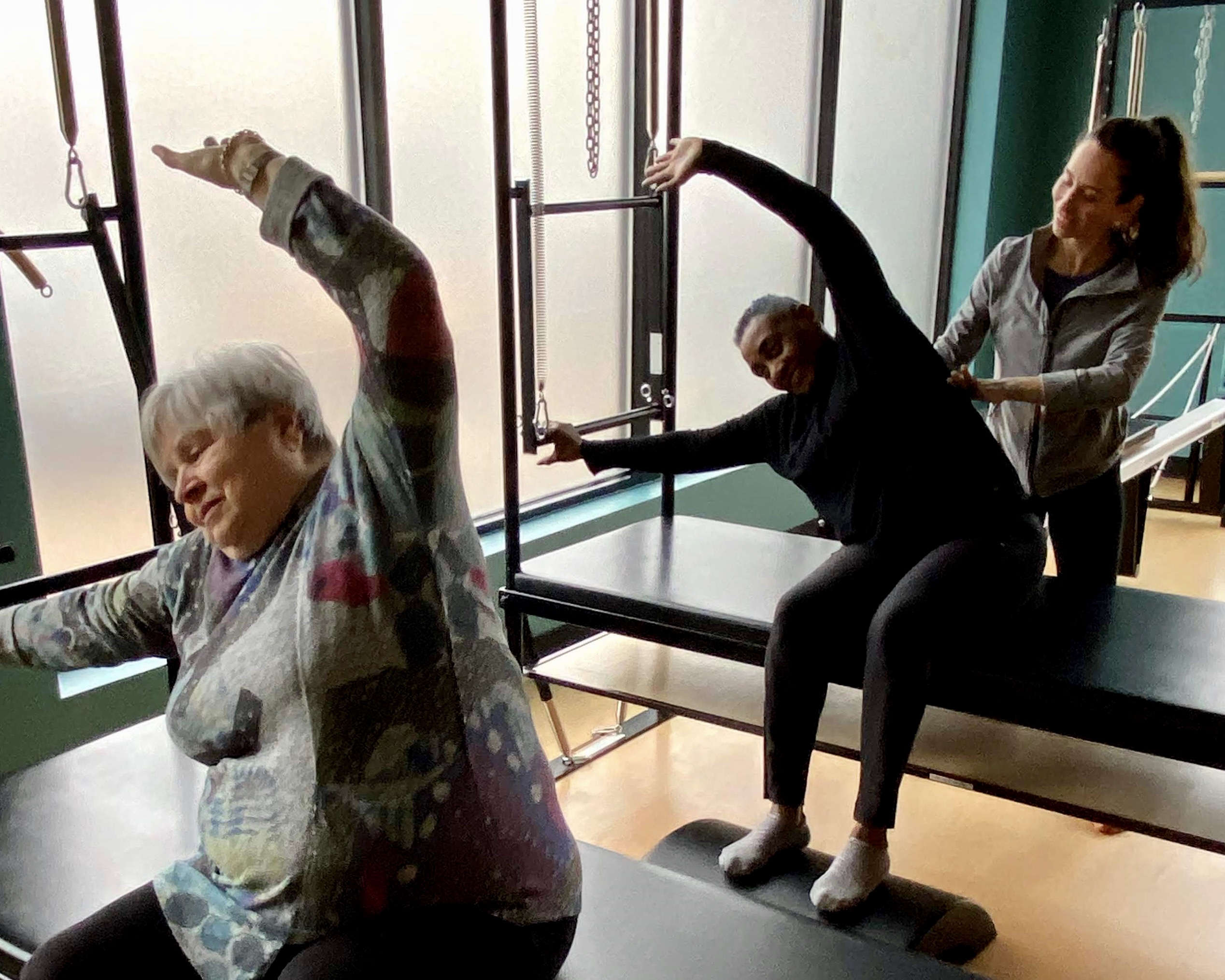
Pilates can be done in its most basic form gently and simply. As ability, strength, and coordination increase, we can add complexity and more challenging exercises. Anyone who wants increased core and overall strength, fewer injuries, better coordination, and better muscle function can and should do Pilates. When you practice these exercises regularly, you can take them to other parts of your life, including your other fitness routines, hobbies you love, and the activities of life. Pilates will bring ease, strength, and balance into your body.
“If your spine is inflexibly stiff at 30 you are old. If it is completely flexible at 60 you are young.”
—Joseph Pilates
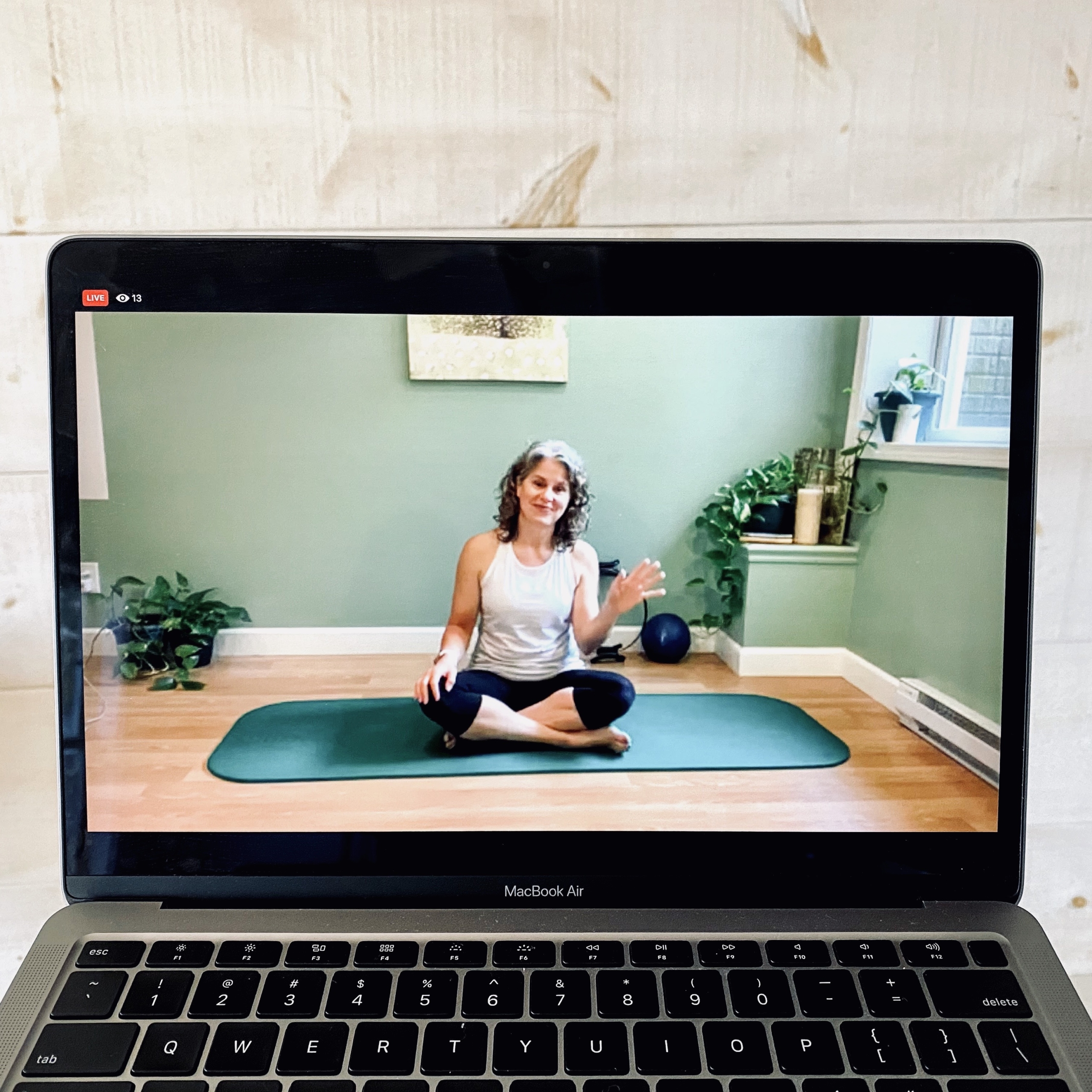
The Basics: A 4-Part Pilates Series to Get Started
As you prepare to build a Pilates movement system for yourself, it’s important to start at the beginning to build the vocabulary and understand the concepts. As you feel them in your own body you will start to connect to the organization of the movements. Advanced athletes may be able to jump into an advanced class and be able to do the movements, but without the basics their benefits will be limited by a lack of understanding. With a goal to build strength, ease, and mobility in our bodies, Elaine has laid out the foundation of the system in 4 parts: Breathing, Abdominals, Spinal Mobility, and Strength.
Pilates Basics Part 1: Breathing
Pilates is a mindful movement practice with guided breathing principles. Joseph Pilates is known for saying that “…above all, learn how to breathe correctly.” Connecting our breath with movement is foundational to organizing the musculoskeletal system and can help us improve circulation, reduce stress, improve concentration, and support a balanced nervous system. These help us move through the day with ease.
Pilates Basics Part 2: Abdominals
In Part 1, we learned how breathing connects to our movement, particularly our abdominal connection. Now we will challenge and strengthen this connection to support the trunk against the movement of the legs for a healthy back. These layers of exercise will challenge your stability and mobility and can then be applied to anything you love to do, with the goal of feeling energized in our day.
Pilates Basics Part 3: Spinal Mobility
Part 3 of our Pilates series will show us how we use the breath and the abdominal connection to support moving the spine in all directions. In Pilates, we connect our breathing to movement in class so out in the world our bodies feel strong and supported without a lot of formal effort. We’re practicing for the activities of daily life.
Pilates Basics Part 4: Strength
It’s time to layer the principles of Pilates as we create an embodied strength and understanding of our own unique structure and function. Pilates will build strength through the center of the body—commonly referred to as our core—and into the periphery, developing strong arms and legs. This moves your body in a way that can build real strength for you to do the work of life.
What to Expect in A Pilates Class
Now that you’ve experienced the foundation of Pilates, let’s get you ready to join us in a regular class! At MOVE, we level our classes as Gentle/Intro, Level 1, Level 2, Level 3, and Advanced. Our movement experts and concierge service will connect you with the class that’s right for you. We generally suggest our clients start with a Gentle or Level 1 class until they feel secure in the basics and pace of movement. Even our elite athletes start with Level 1 to learn the basics! This foundation will help you feel the depth of this movement system and get the most out of our classes.
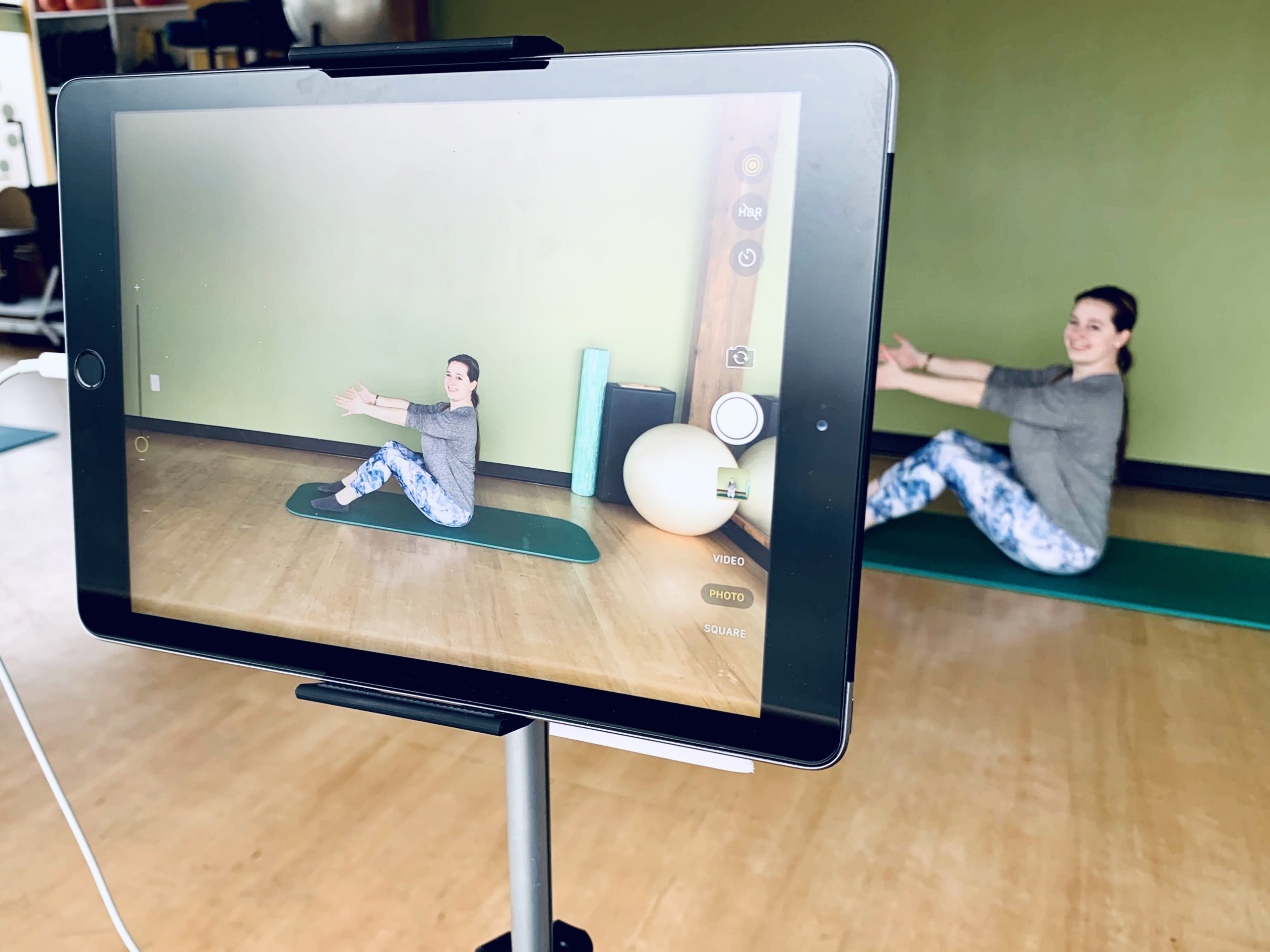
Some concepts you will generally explore in a Pilates class.
- Breathing. It’s so important to connect to muscular activation of tissues. We inhale to fill the lungs completely and expand the diaphragm to help the transverse abdominis and pelvic floor muscles expand, and exhale completely for an efficient exchange of oxygen. We’re building the interoceptive sense and understanding the sensation of what’s happening in the body. Breathing optimally brings tone to the deep support structures of the trunk.
- Breathing and moving. How we combine breathing and movement depends on the level of the class, age and stage of life, desired outcomes of the teacher, equipment used, and whether the class is based on the classic exercises or creative interpretation. All Pilates classes have a theme or goal that the teacher is supporting.
- Mobilizing your spine in all planes of motion. Pilates will bring you through rotation or flexion, extension, and lateral flexion. We’ll bring ease and movement to all the joints of the spine in all planes of motion. Working on a mat, you’ll organize your abdominals to stabilize the pelvis against the movement of the legs. Bringing ease of movement to the pelvis will bring balance of movement into the spine. It’s all connected!
- Challenging your body with all relationships to gravity. You’ll move on your back, belly, all-fours, seated, plank, standing, and using increasingly longer levers to challenge yourself. Class will flow through all of those positions. As we stabilize the pelvis against movement of the legs, our core will support us. Think of the body as a system. We will target the whole system to move optimally, not just one muscle.
- Work at the level right for you. All of this work will be done within the level that’s right for your body, and your age and stage of life. Pilates offers something for everyone and every body. We will optimize your body for what you love to do in life and bring ease and balance to support you. It’s about more than being defined by just musculature—it’s thinking about fitness as resilience.

Join the MOVE Wellness® Community!
You CAN start now. Here are 3 ways you can join the MOVE Wellness community today.
- Private Sessions: Virtual or in-studio instruction, customized to your body and your needs.
- Livestream Classes: Read our Livestream FAQs for more information. Drop-in or unlimited class memberships are available. Choose from Pilates, GYROKINESIS®, Barre, Yoga, and more. Additional options to enhance your movement routine are coming this fall, so stay tuned.
- MOVE YouTube Channel: Always open to explore at your convenience, these videos are available to anyone. Exciting new content is added regularly. Choose one video or mix and match your own workout.
“In 10 sessions you’ll feel the difference, in 20 sessions you’ll see the difference, and in 30 sessions you’ll have a whole new body”.
—Joseph PIlates
You CAN start now.
Still have questions? Give us a call at 734-224-2560 or email office@movewellness.com. Let us get you started on your personal Pilates journey today!
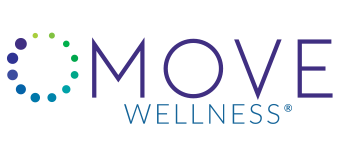
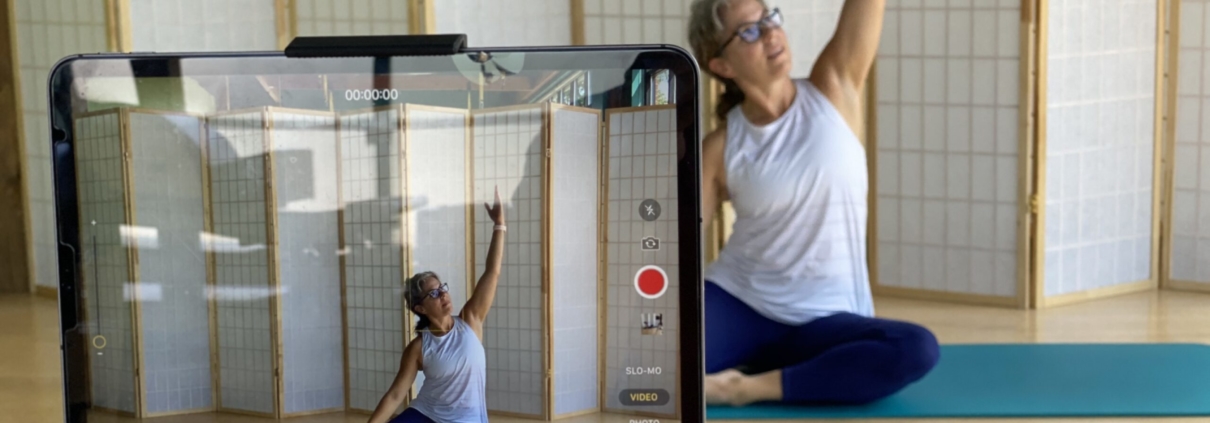
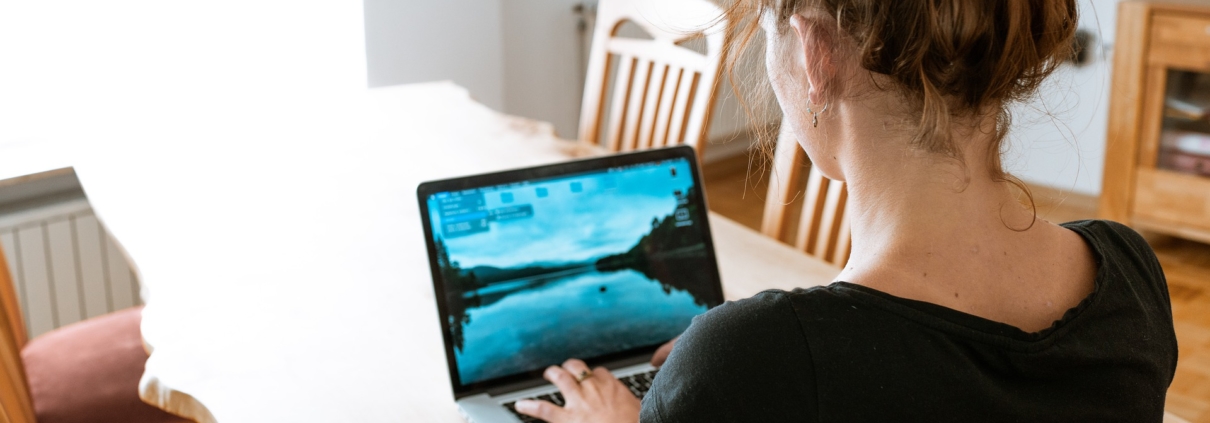
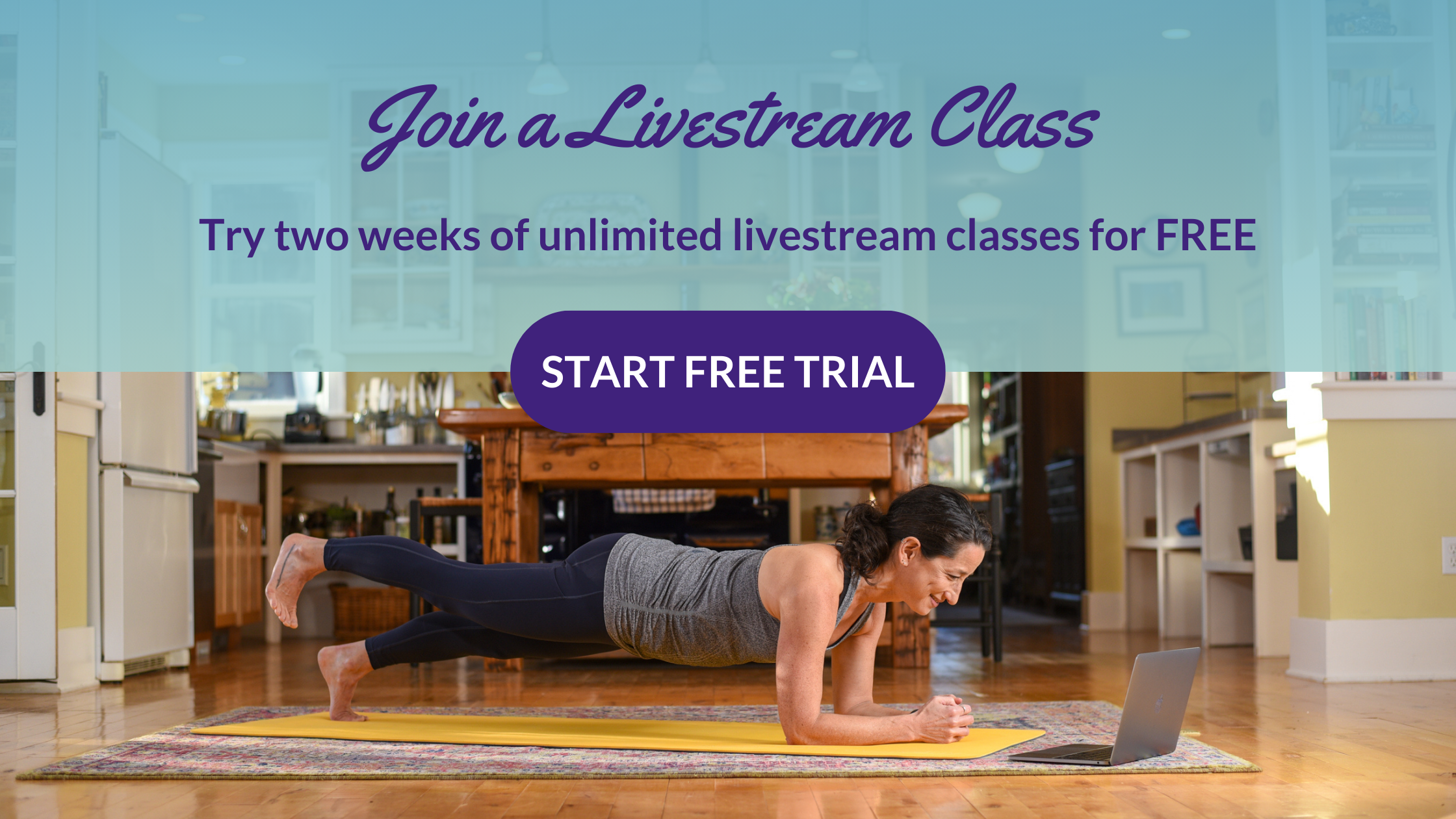
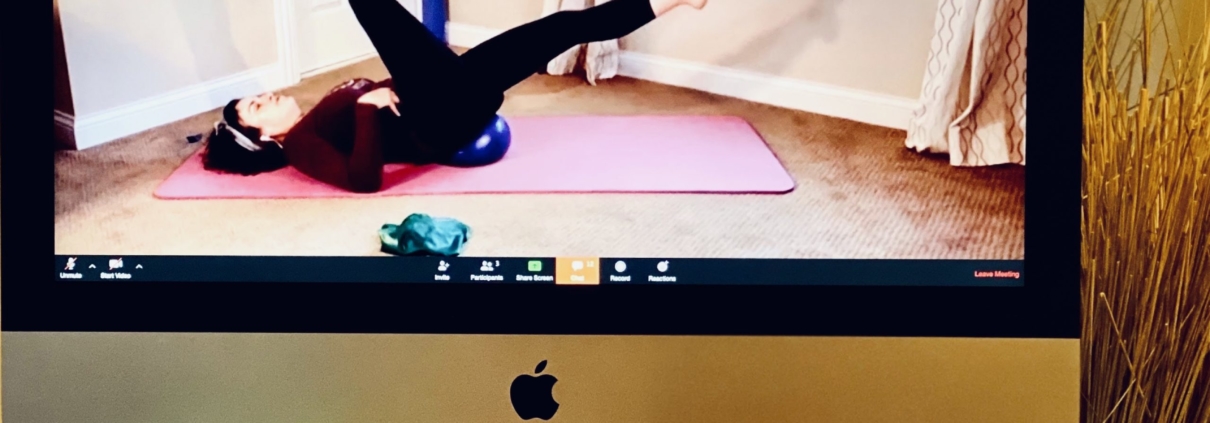
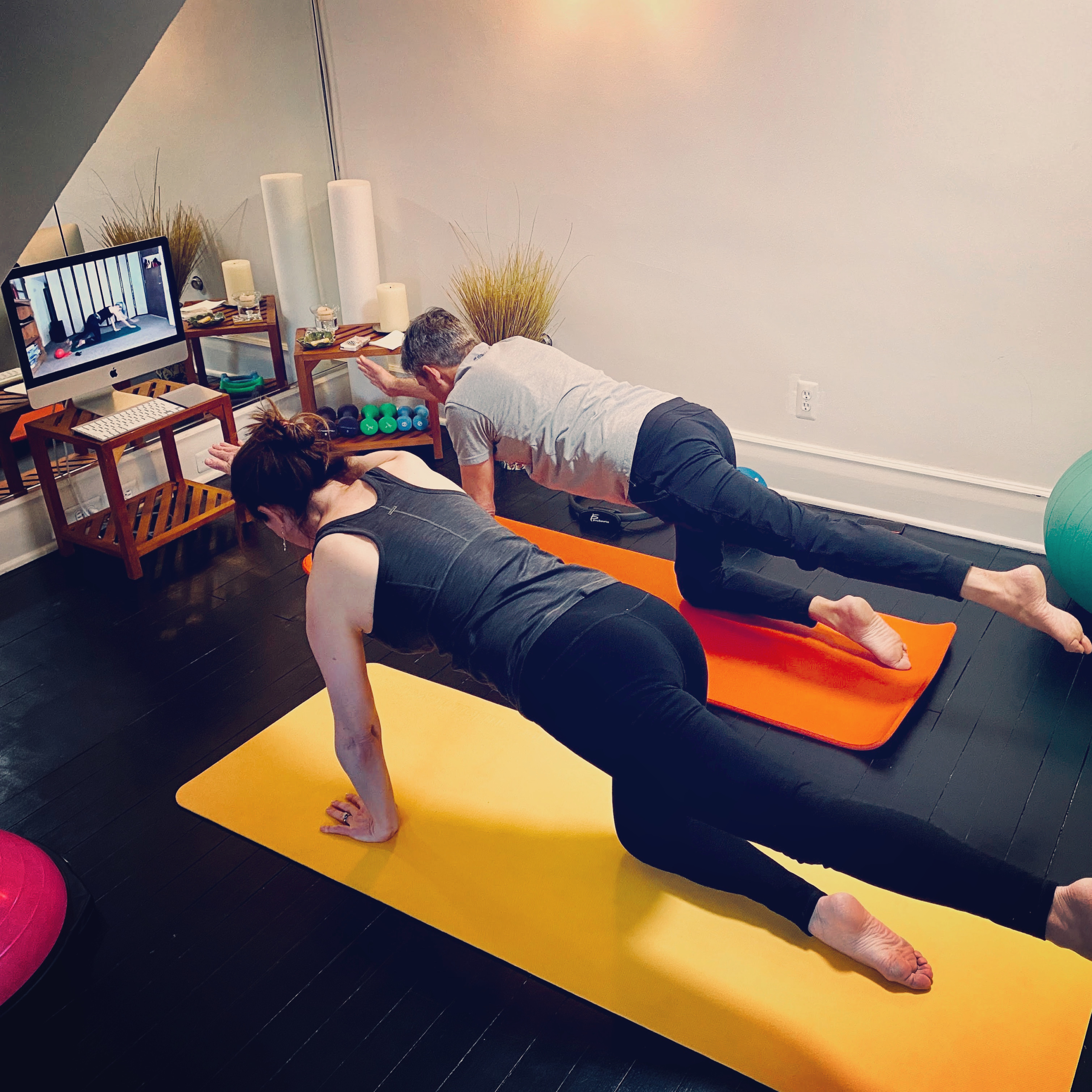
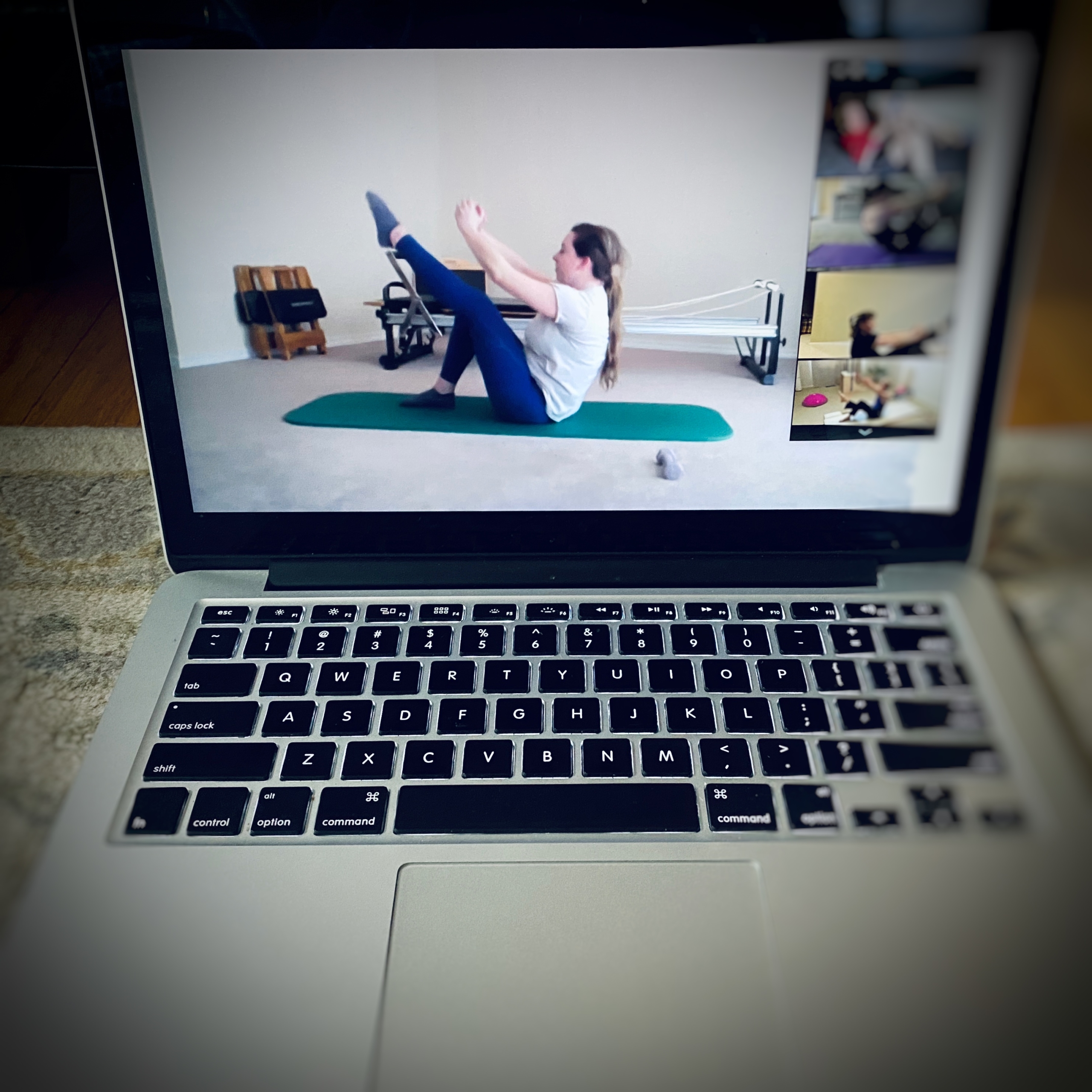
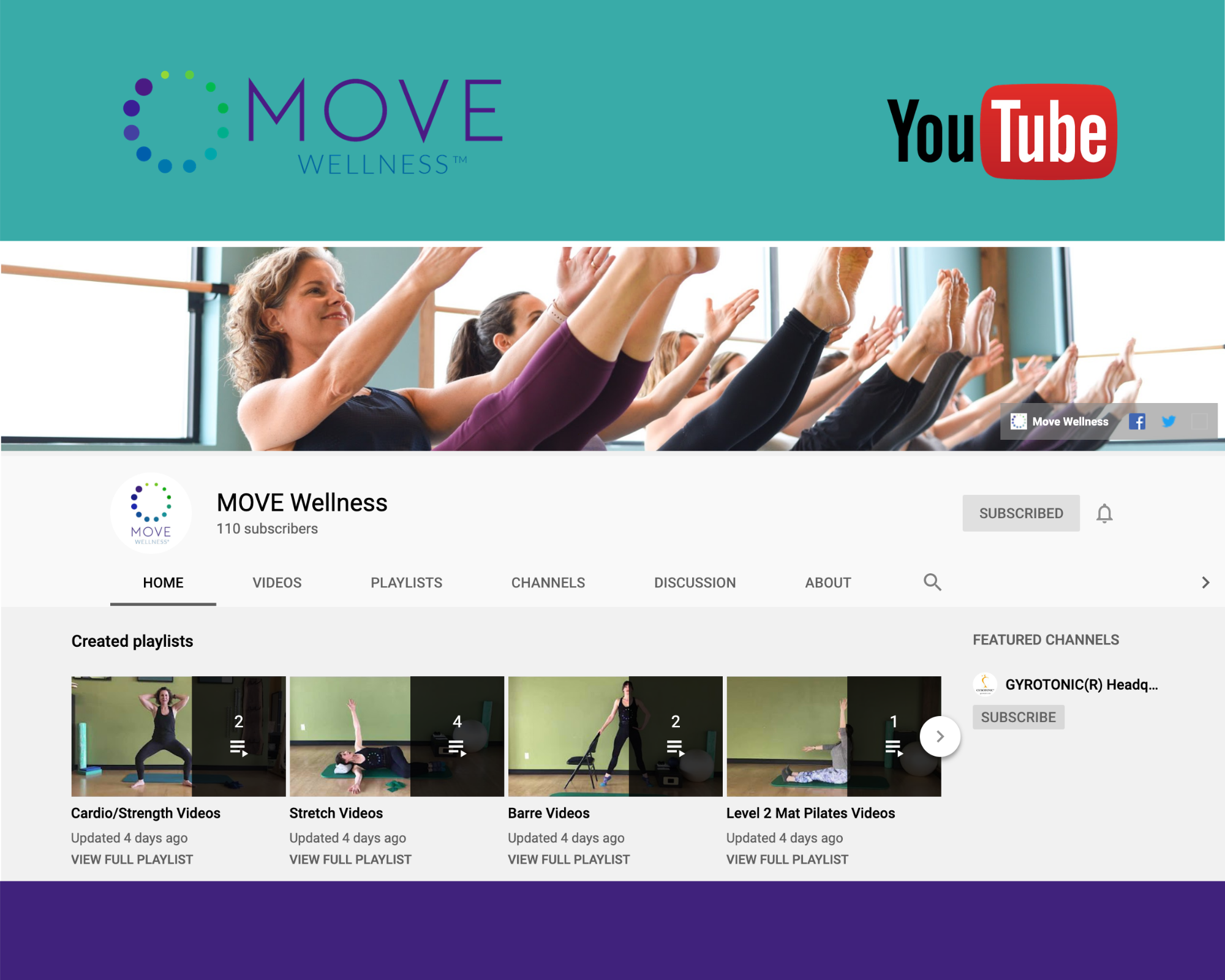
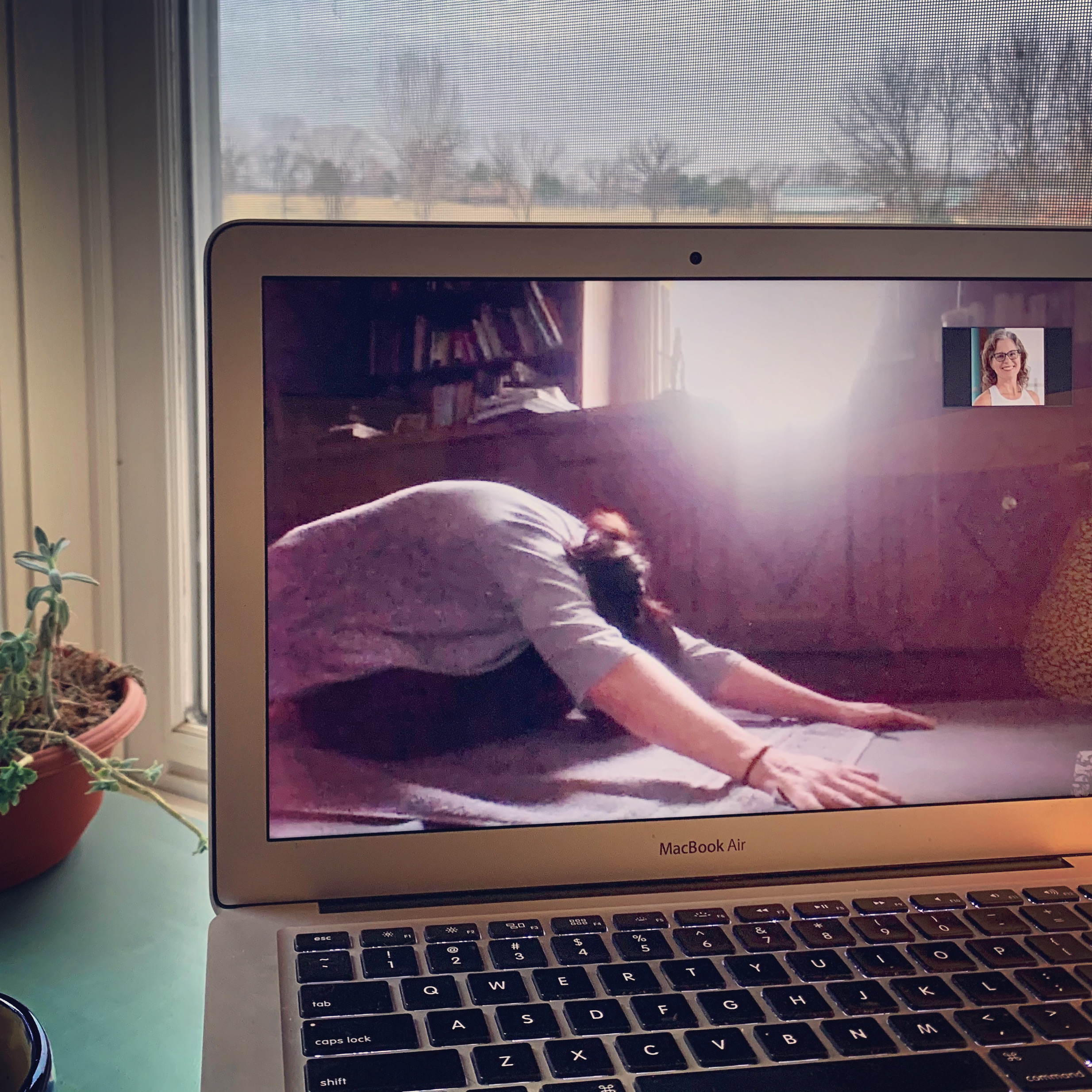
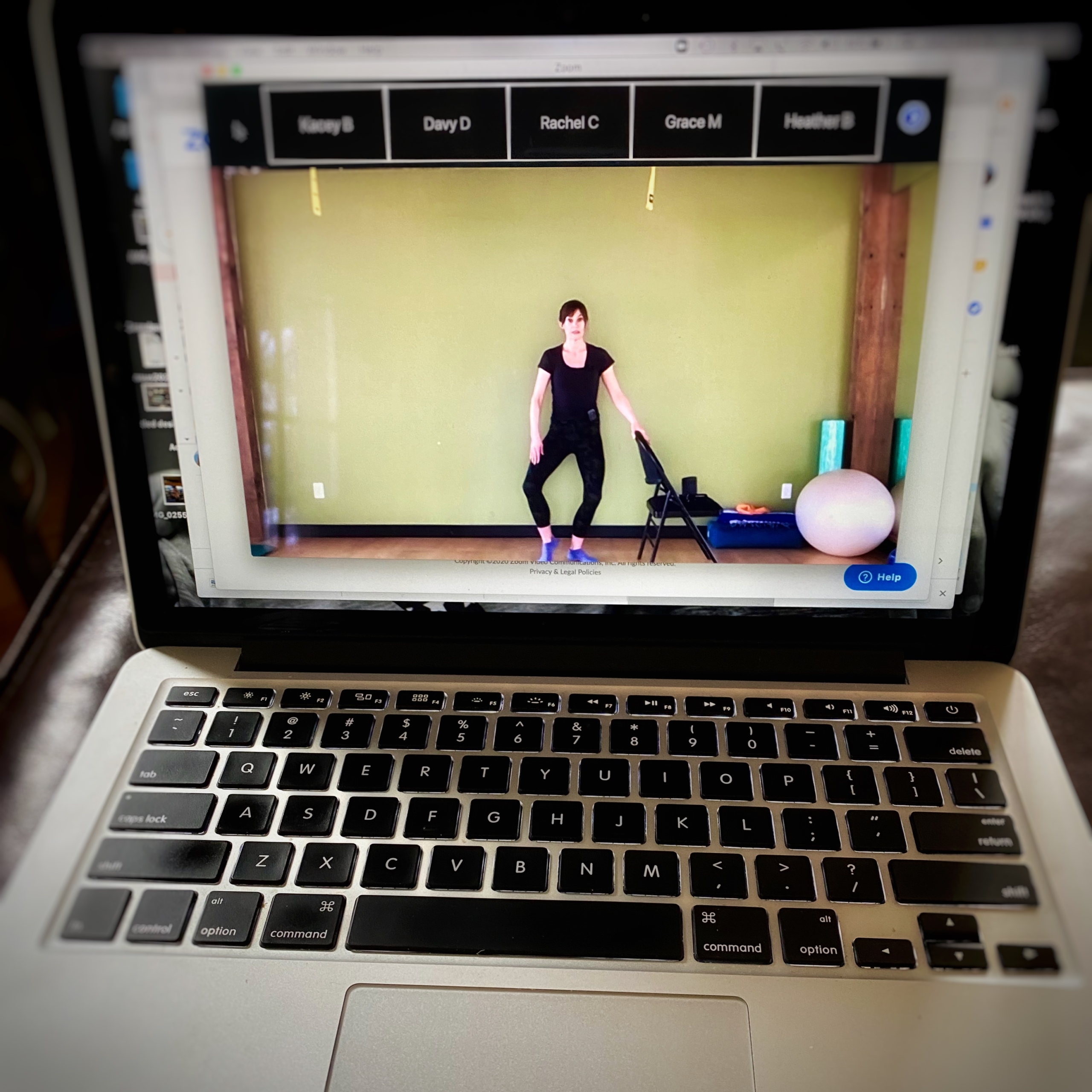

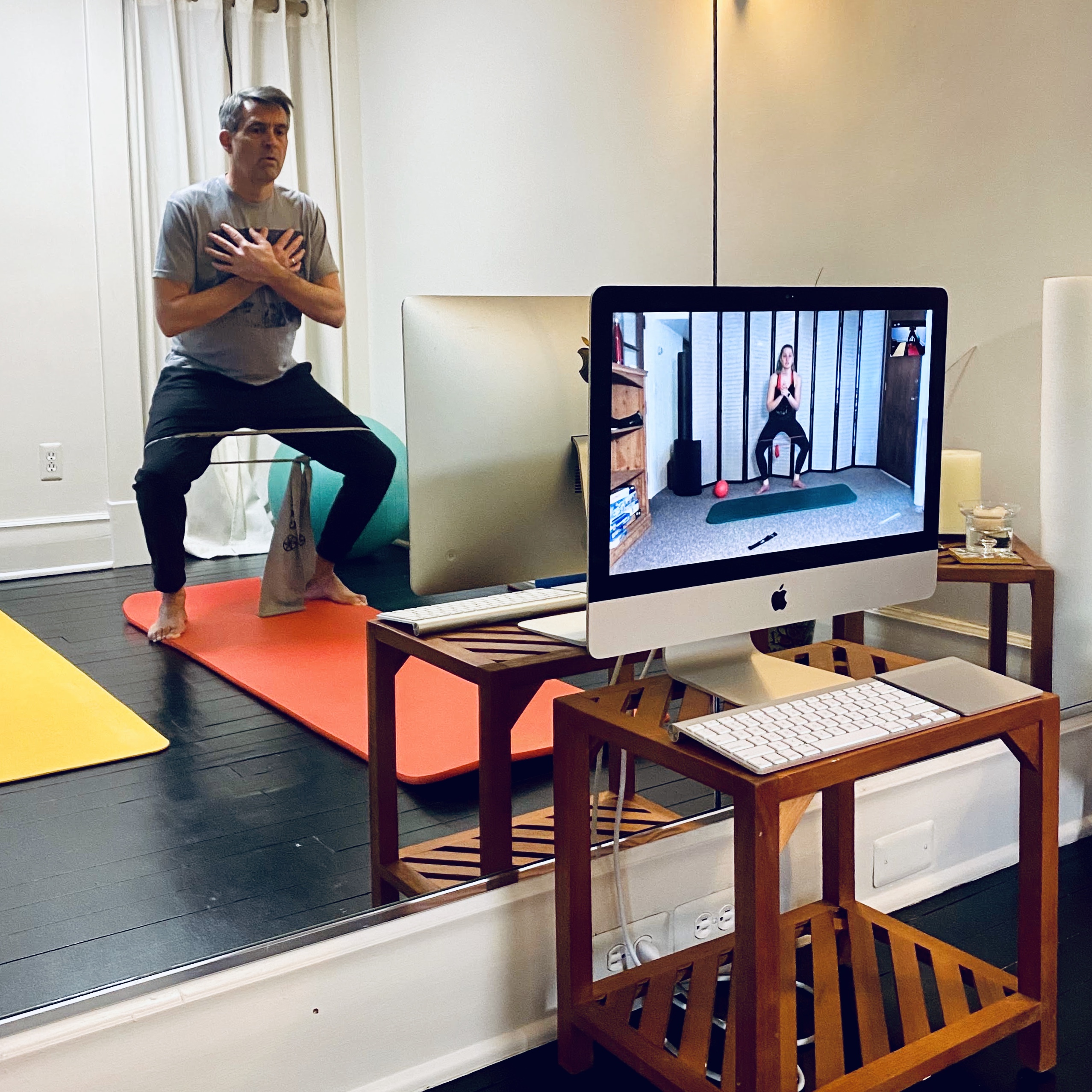
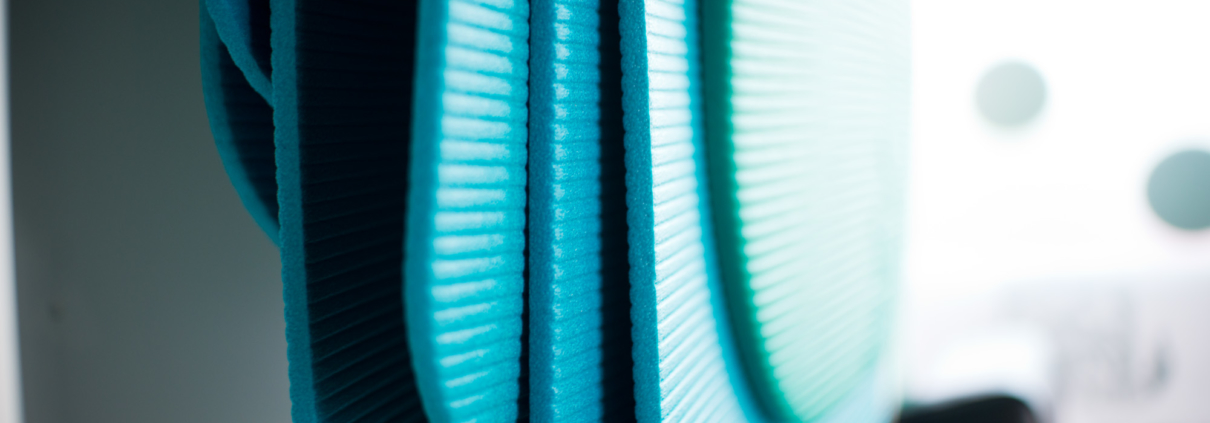
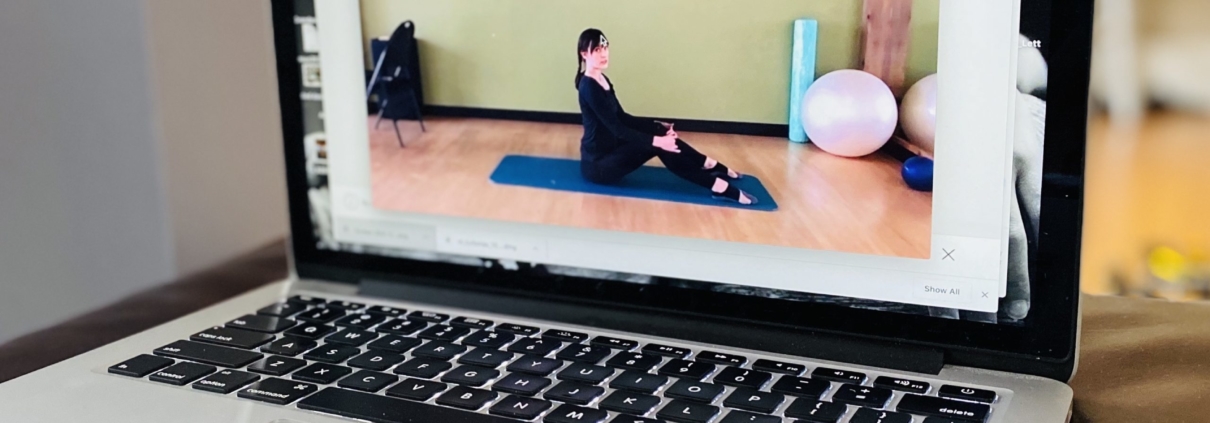
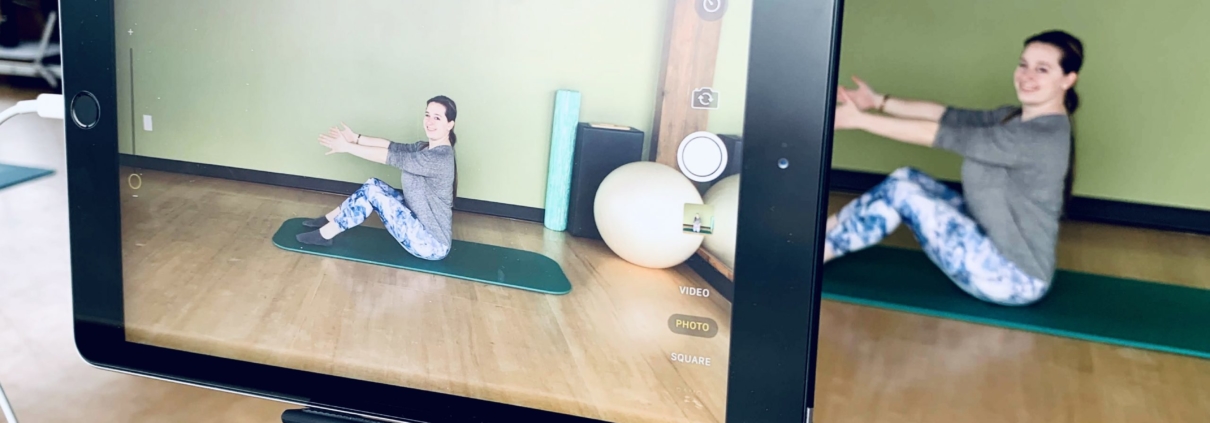
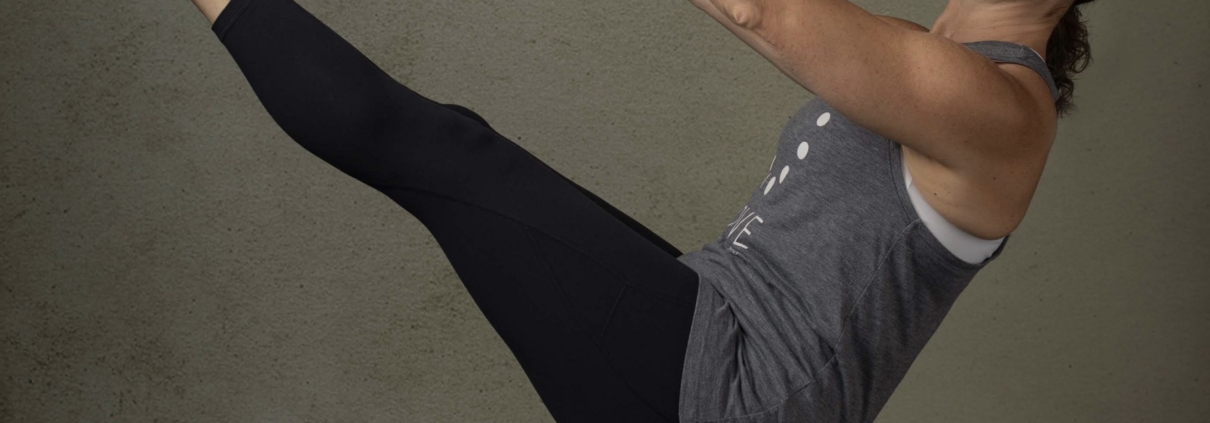
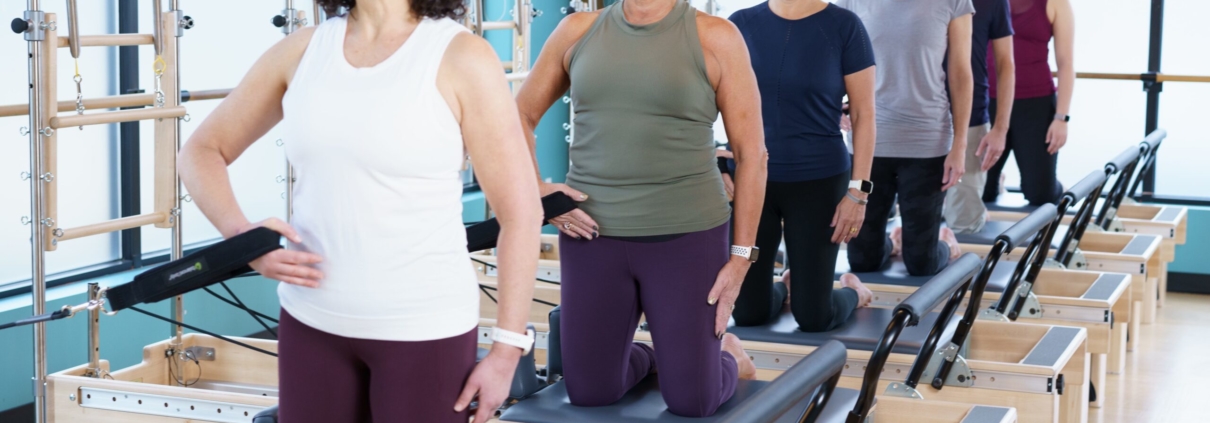
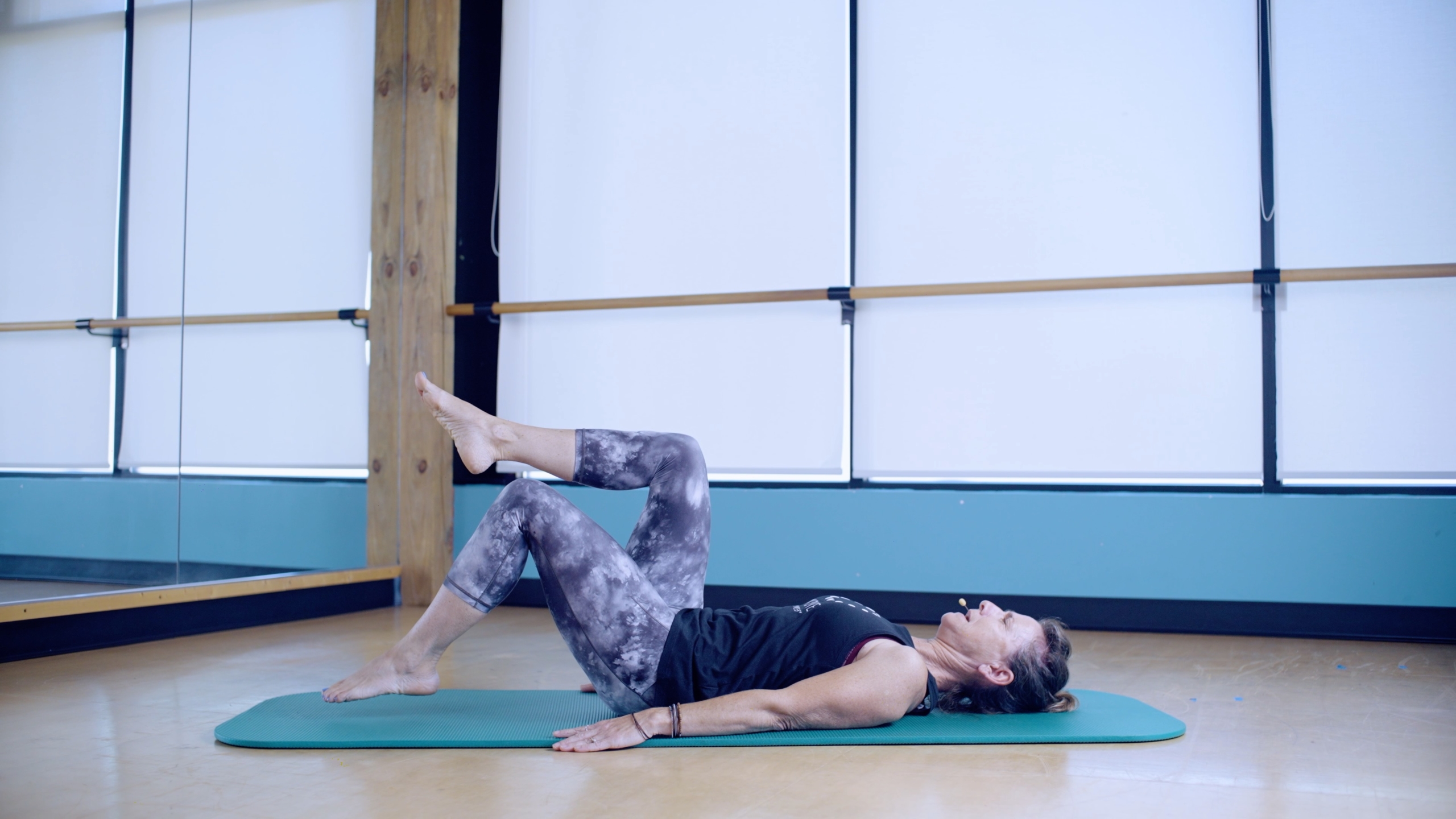
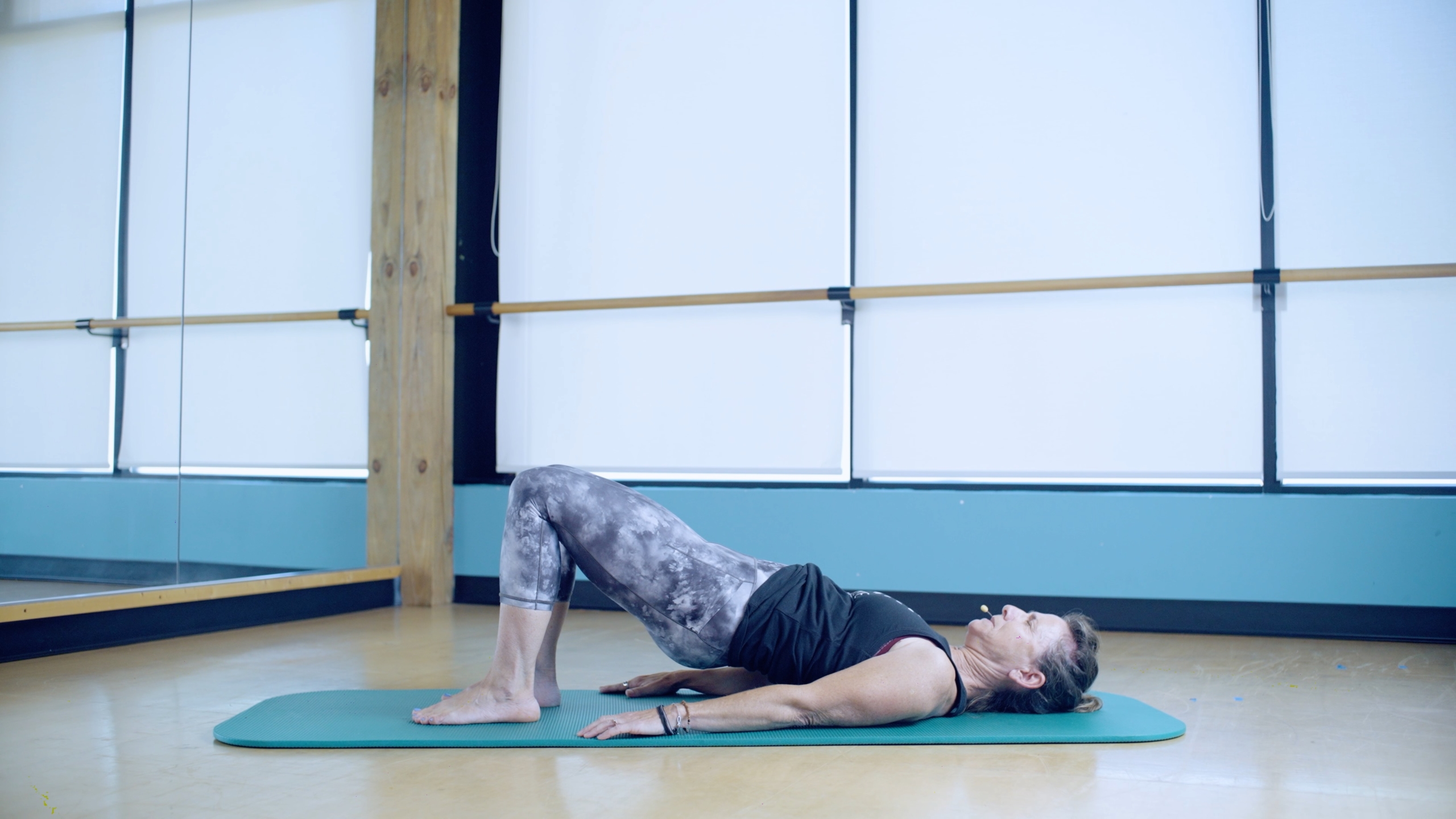
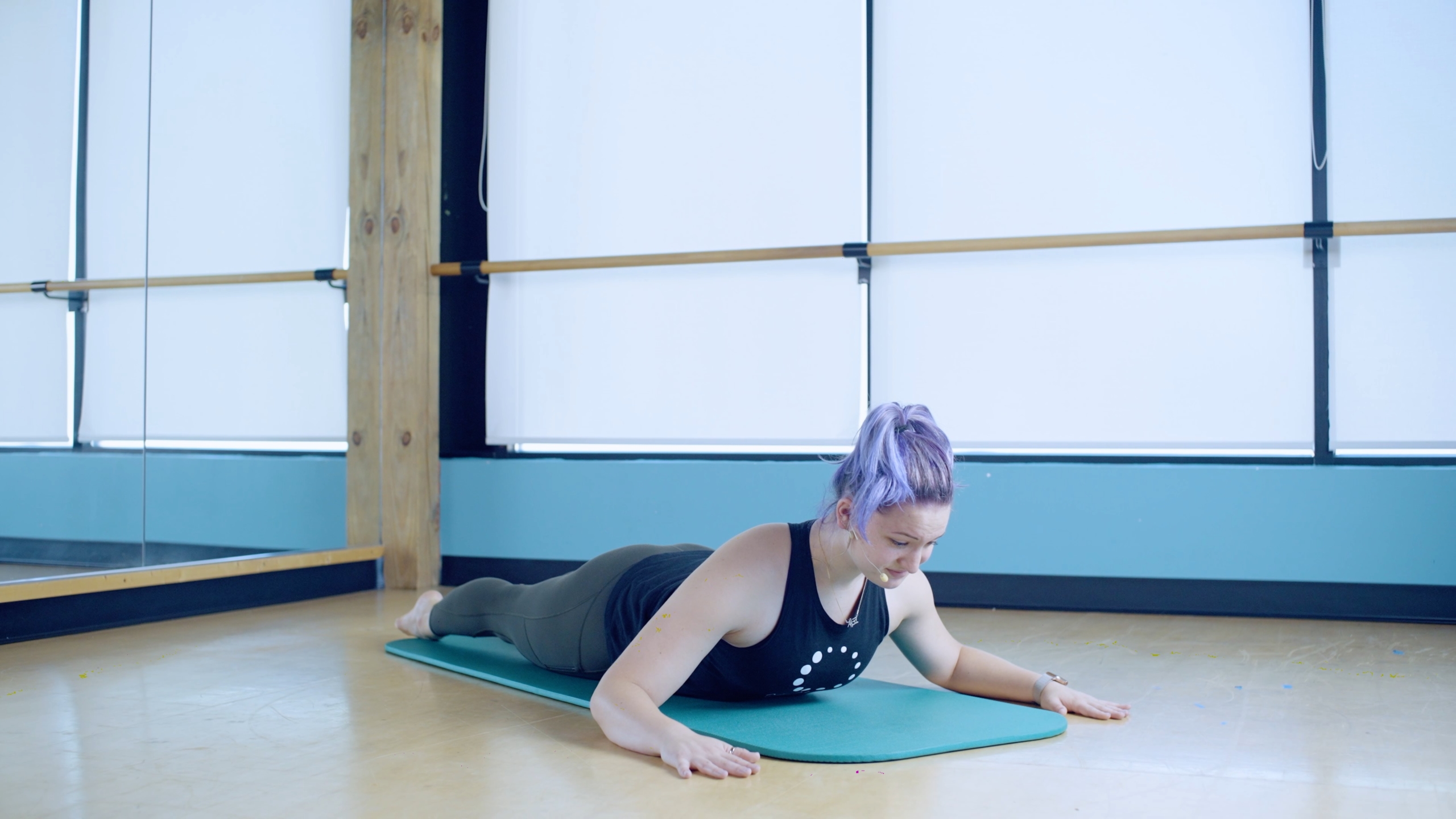
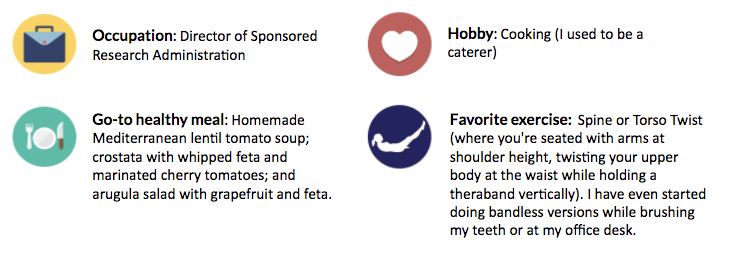

 My first session was transformational; I suddenly was doing things I never could have imagined myself being able to do. I immediately was able to understand how my body works (and why things hadn’t always worked). I had walked in, certain that it would be my last time but it turned out to be a new door opening to a whole new chapter in my life.
My first session was transformational; I suddenly was doing things I never could have imagined myself being able to do. I immediately was able to understand how my body works (and why things hadn’t always worked). I had walked in, certain that it would be my last time but it turned out to be a new door opening to a whole new chapter in my life.